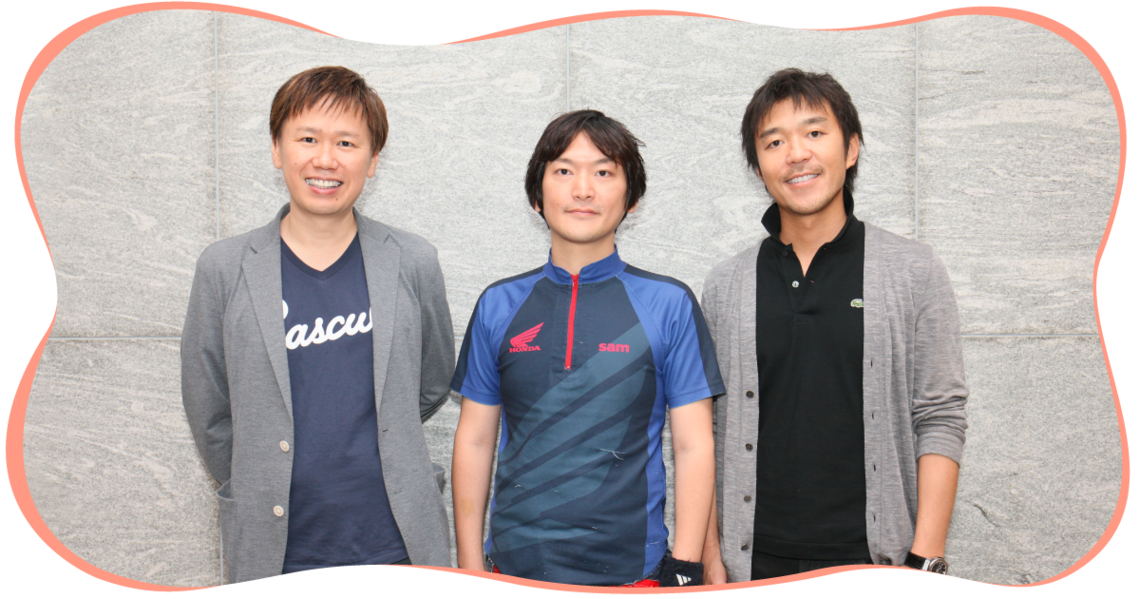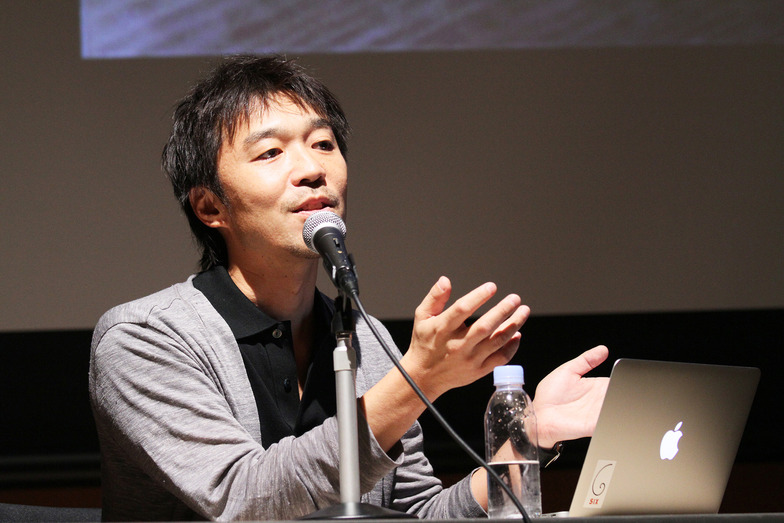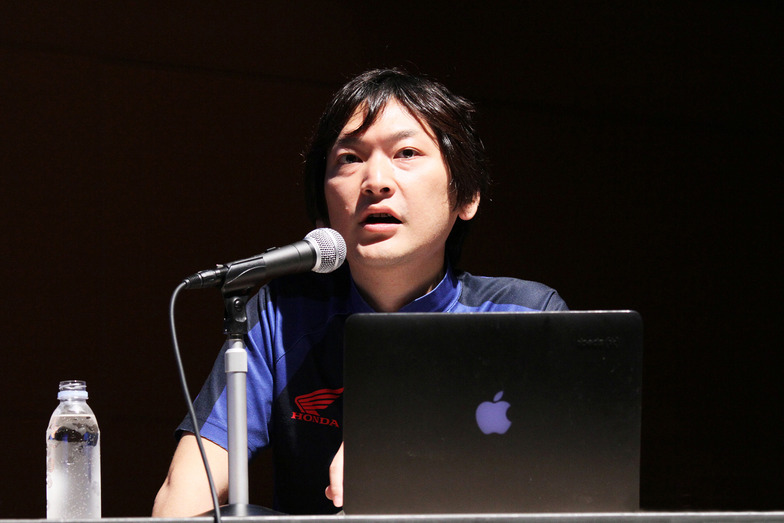The term IoT (Internet of Things) is gaining attention, and digital creative is undergoing a major transformation.
Bascule, which has realized over 20 participatory program concepts in four years centered on the theme of TV × Interactive, has established " HAROiD," a joint venture with Nippon TV focused on smart TVs and smart devices as its main business field.
SIX, a creative agency spun off from Hakuhodo, developed the next-generation " Lyric Speaker " and was selected as the first Asian company to win an award in the Entertainment & Content Technology category at this year's SXSW.
PARTY, which has pursued interactive and digital-driven creativity, is also developing IoT content.
Three representatives from digital creative companies—Bascule's Masayoshi Park, SIX's Takeshi Nozoe, and PARTY's Hiroki Nakamura—came together to discuss creativity in the IoT era, breaking free from traditional client work to advance new initiatives. Here is the latter half of their discussion.

(From left) Masayoshi Park, Hiroki Nakamura, Takeshi Nozoe
Viewing TV as an information terminal
to develop new advertising services
Nakamura: What kind of business development does HAROiD plan for the future?
Park: Currently, only 20-30% of TVs are connected to the internet, but we believe it will undoubtedly exceed 50% in the near future. While watching TV programs, you could see notifications like "Your child tapped their Suica card at the station" or "Your delivery will arrive in 10 minutes." If TVs are internet-connected, they can display personal information in real-time, just like smartphones.
For example, combining a cooking show with TV shopping for a "Let's all eat curry together" campaign could involve viewers ordering ingredients beforehand. Then, on the day of the show, 10 million people watching could simultaneously cook and eat curry. Viewing TV as a large-screen information terminal connected to the internet opens up possibilities for various services.
At HAROiD, we're preparing showcase projects with this future in mind. We aim to realize interactive advertising services that go beyond 15-second TV commercials.
Nakamura: Bascule has a proven track record of working alongside television, which is precisely why they can pull people in like this.
Nozoe: Does forming this kind of partnership lower the barrier to making things happen compared to before?
Park: With TV programs, production often starts at the last minute. It's common for only a Word or PowerPoint proposal to exist even two weeks before broadcast.
I was genuinely shocked by that at first. When I previously planned a live broadcast program linking TV and smartphones, I made a 60-minute video concept to explain what I wanted to do. But it actually surprised the TV industry people so much that the video concept itself started circulating (laughs). If schedules can't be secured, no matter how much you want to do something, it can't be realized. So we prepare a certain framework ourselves to enable interactive projects to be realized "cheaply" and "quickly." By doing this, we believe the feasibility increases, and opportunities for people in the interactive industry like us also grow.
Scaling the business
We need more people who can scale businesses
Nakamura: When starting new projects , what kind of preparation do you two think is necessary? Small agencies can just go with "This looks fun, let's do it!"
Nozoe: That kind of spirit is important, isn't it? I think most IoT projects handled by startups so far have focused on efficiency. Like attaching sensors to trash cans to track contents and reduce unnecessary collections.
That's necessary, but we believe it's crucial to create IoT that excites people or makes them feel joy. The big question is whether the advertising world has the talent to scale that into a business.
Nakamura: At PARTY , we launched "OMOTE 3D SHASHIN KAN" (a 3D printer-based figure creation service), and it got copied worldwide in no time. We hadn't thought about design protection at all. People in advertising are really lax about that sort of thing.
Nozoe: We need people who can scale ideas and build profitable systems, right?
Park: Exactly. Competing creatively within existing frameworks is fun, but I'd also like to try, whenever possible, to reinvent the content format itself. I want to create something like a regular festival for the internet age – something millions can participate in simultaneously, from home or anywhere.
Nakamura: What does SIX want to pursue next?
Nozoe: After music, we'd like to try fashion. Another area is exploring new ways to enjoy live events like music and sports. Thinking from this perspective of "updating culture" should open up new possibilities.
Park: Sports broadcasting has plenty of room for updates, both for those delivering it and those watching it, right?
Nozoe: It's precisely an area where research is advancing. If this development continues, we might be able to deliver the world's most in-depth coverage during the Tokyo Olympics.
Park: We're now in an era where nearly everyone has a high-performance internet device.
Rather than IoT, I believe the era is moving toward IoE (Internet of Everything)—the internetization of things—where what you want to do is instantly communicated, and corresponding services are immediately provided.
Nakamura: By the way , what kind of talent are you two looking for going forward?
Park: We absolutely need engineers and producers. We want people who can build prototypes.
Nakamura: We're also looking for people who can build prototypes at PARTY. The problem is, with a small team, client work always takes priority. We might have to split the organization.
Nozoe: We have plenty of ideas. But we're severely lacking in people who can push prototyping forward and people who can drive the business. That's the dilemma we're facing.












